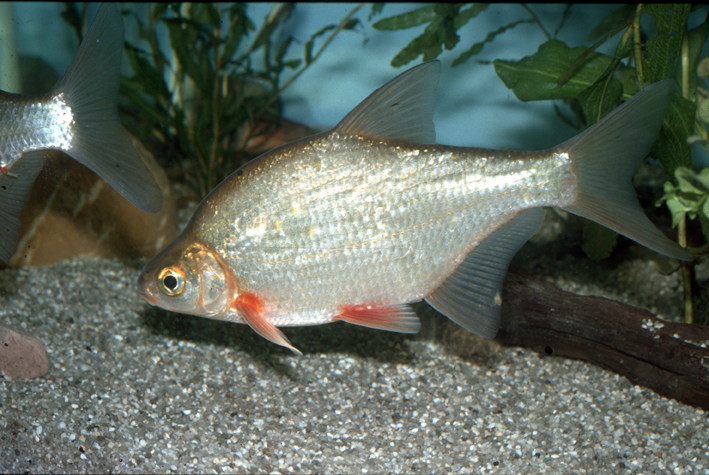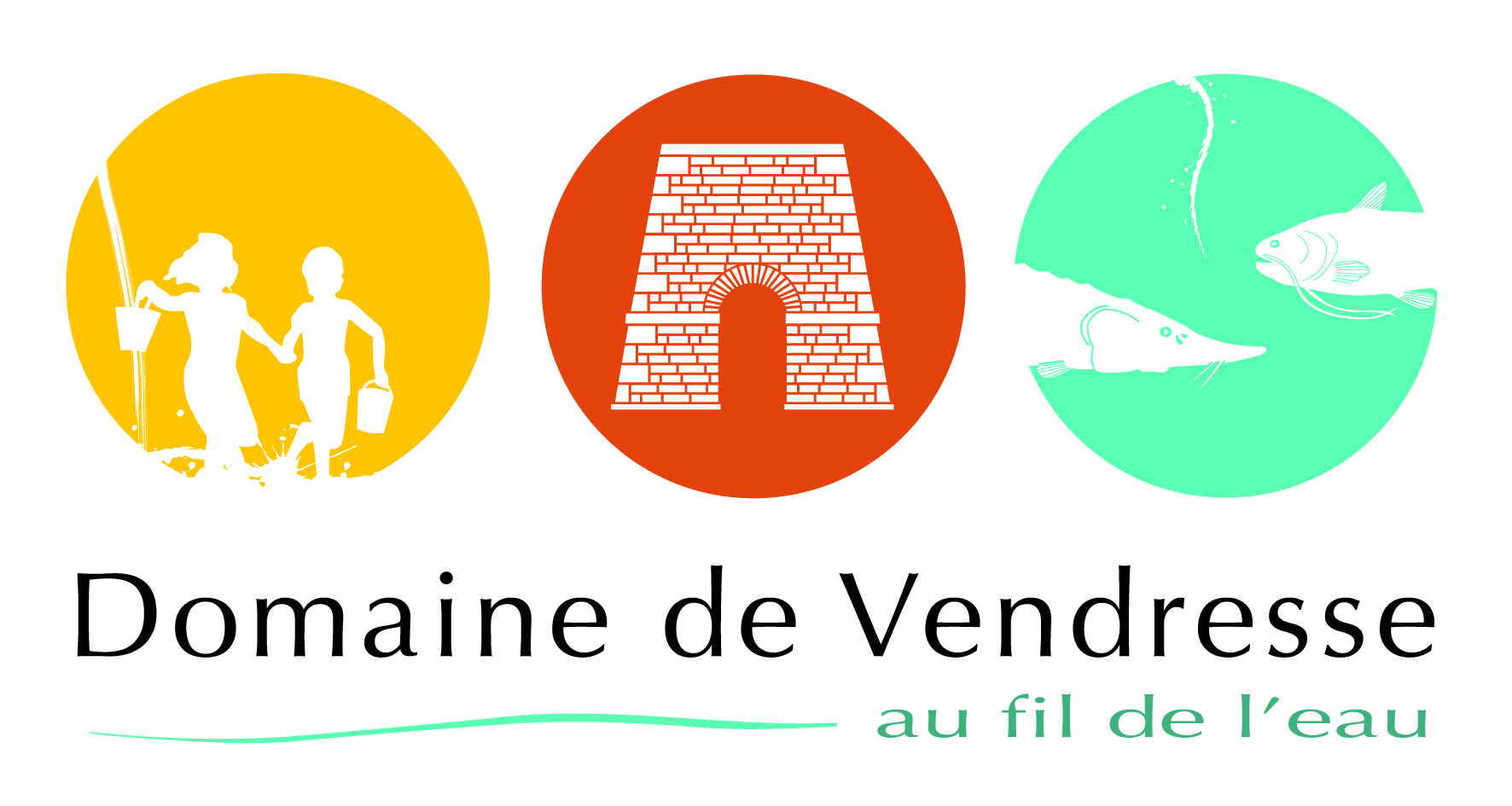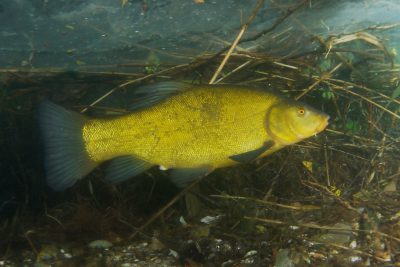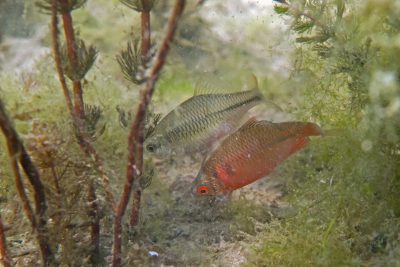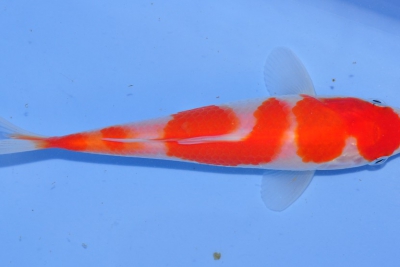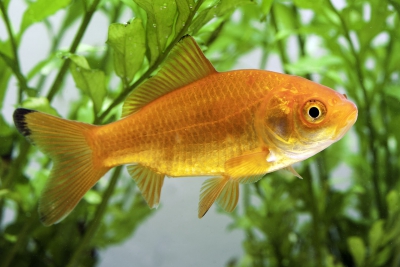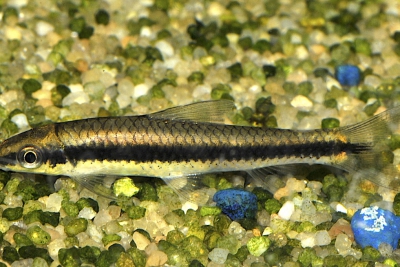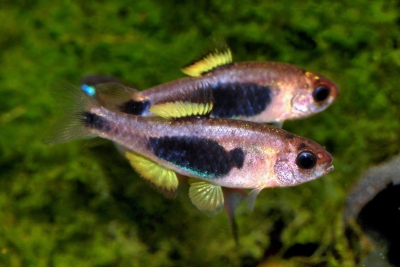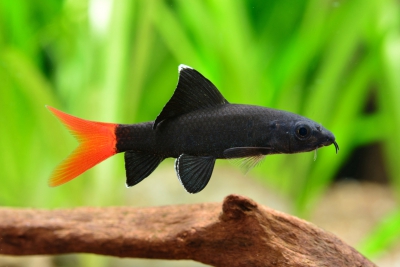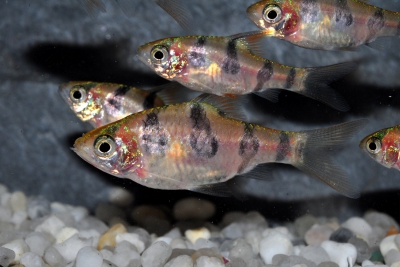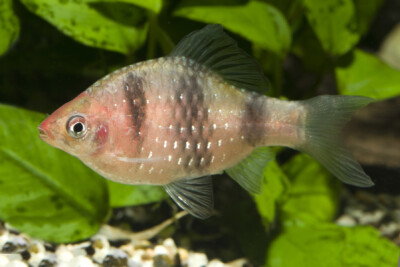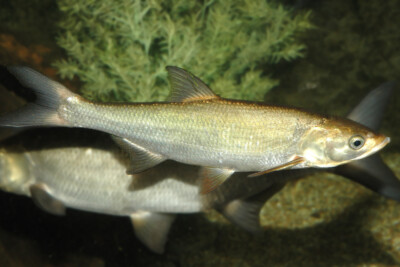Introduction
Blicca bjoerkna, commonly known as white bream, is a fresh water fish from the Eurasia.
This sheet is currently being prepared. The texts currently proposed come from our data model or are being drafted. To request priority for this content, you can write to us HERE.
Who is it?
Morphology
-
Average size30 cm
-
Maximum size45 cm
-
Longevity8 year
-
ShapeOvoid
-
Average size30 cm
-
Maximum size45 cm
-
Longevity8 year
-
ShapeOvoid
How to recognize This fish ?
The white bream measures around 30 cm. The females are more imposing and some specimens can reach 45 cm. This fish is unicolore with a predominantly argent body.
Sexual dimorphism
The female is bigger than the male.
Behaviour & Life cycle
-
dietomnivorous with herbivorous tendency
-
Sociabilityliving in small groups
-
territorialNo
-
Way of livingdiurnal
The white bream is a fish living in small groups naturally found at mid-depth and near the bottom. This species is omnivorous with herbivorous tendency .
n general, this species does not care much about other animals crossing its path.
Reproduction
-
Reproductionovipare qui pond sur substrat découvert
The white bream is a fish ovipare qui pond sur substrat découvert.
Harmless species
This species does not represent any particular threats to humans when encountered in its natural environment.
Origin and distribution
What is its habitat?
Natural environment characteristics
-
pH (acidity)6.5 - 7.5
-
gh (hardness)5 - 25
-
FlowSlow and Stagnant
Biotope presentation
This animal evolves in areas characterized by a strong presence of vegetation (aquatic and marsh plants, decaying organic matter, roots...).
Species of the same biotope
To go further
Sources & Contributions
Participation & Validation
The Fishipedia team and specialist contributors are committed to providing high-quality content. However, although the information comes from scientific sources or testimonials from specialists, the cards may contain inaccuracies.

Robert Allgayer
Translation
Translation done with the valuable contribution of our translators, who make this information available to a wider audience. We sincerely thank them for their commitment.
Scientific partners
Tags
Species of the same family
Species of the same biotope
